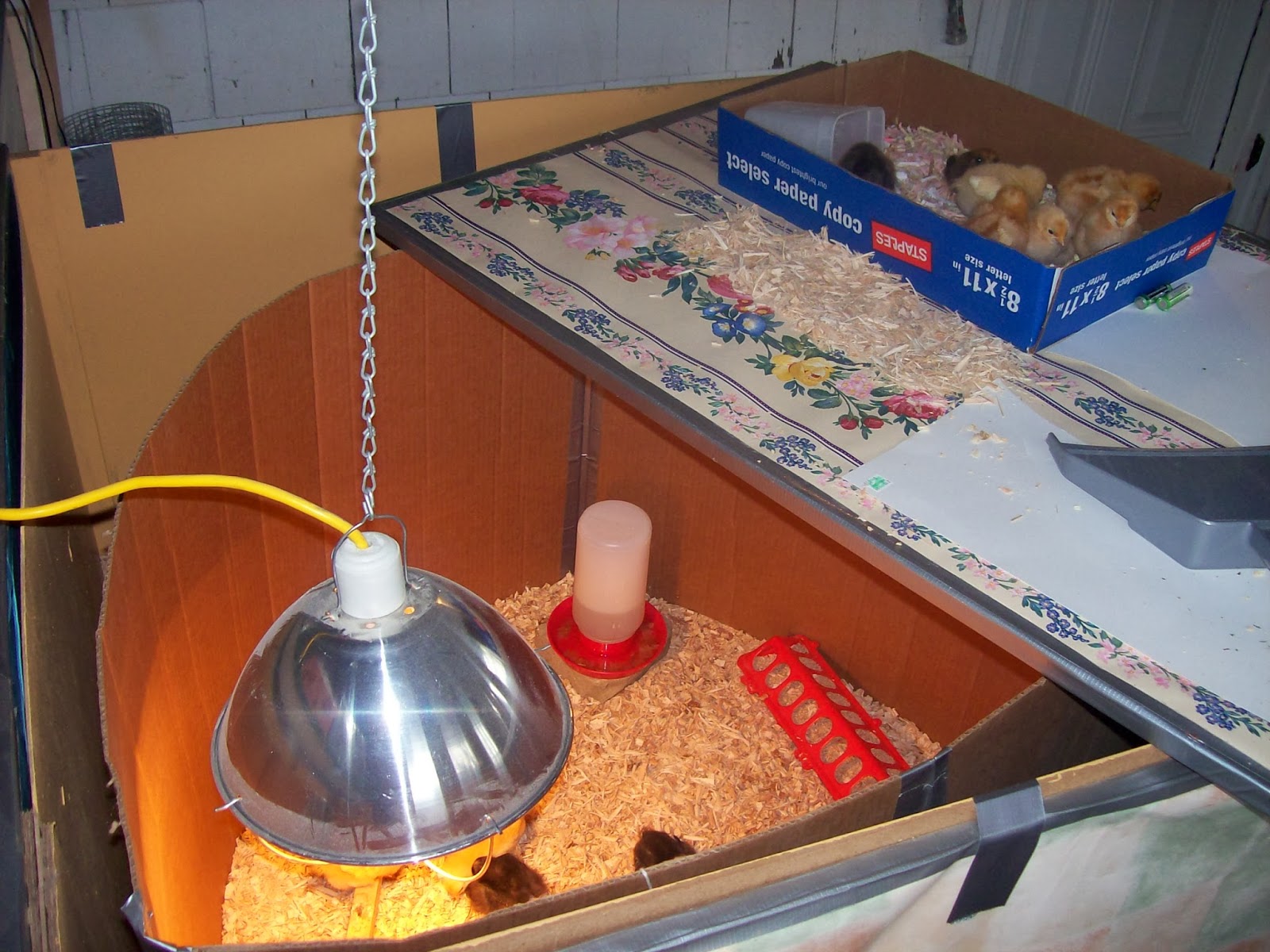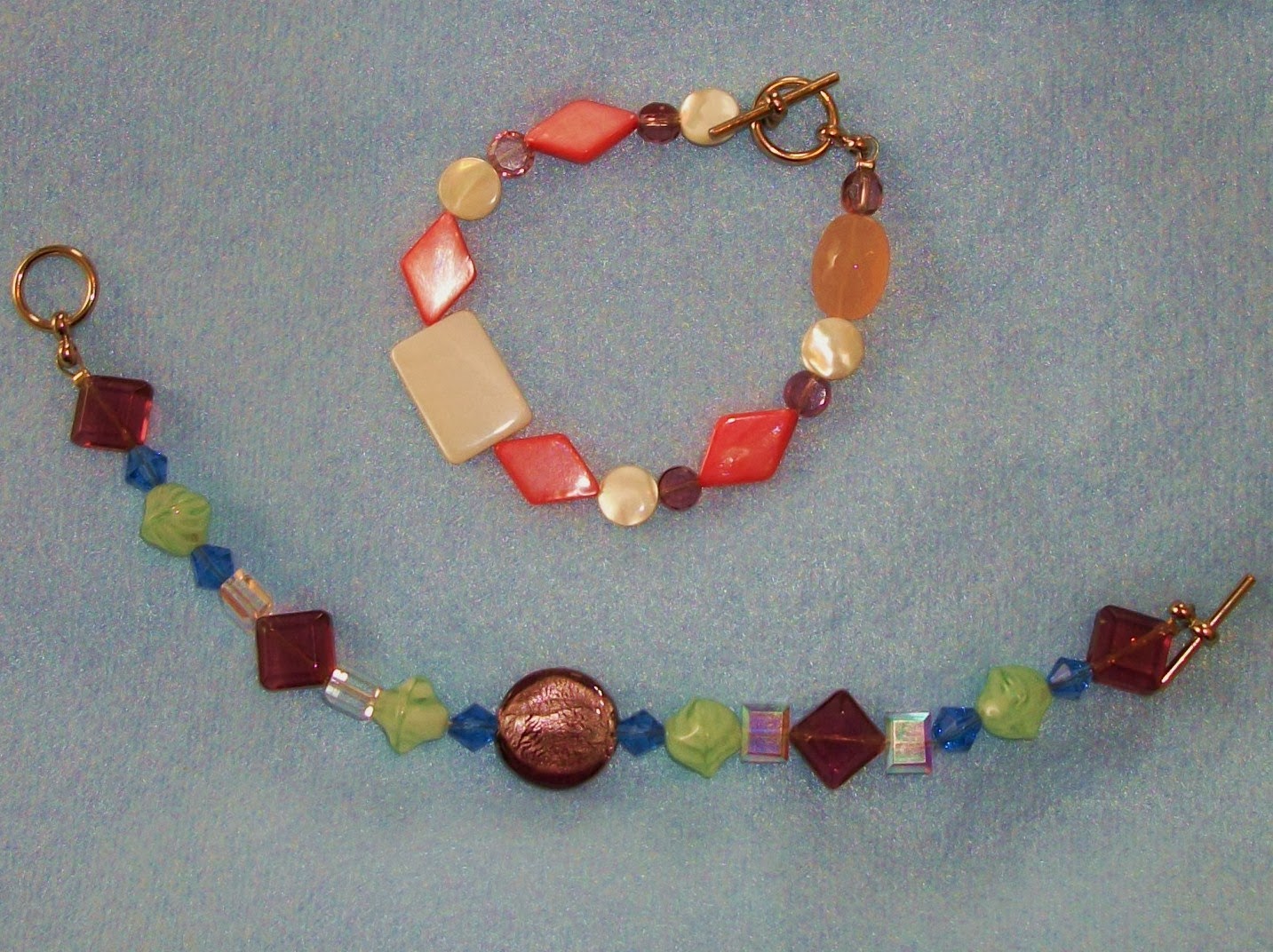Backyard Poultry
 |
| Eyeing the Camera |
Now let me run through the different breeds I acquired in this batch of chicks. I had branched out to four different breeds this year: Barred Rocks, Rhode Island Reds, Buff Orpingtons, and Araucanas. So where, you may ask, do the Golden Buffs come in? Well, when I arrived at the feed store to pick up my chicks, I was told that the ten Rhode Island Reds did not hatch (?) and so I was sent Golden Buffs as a substitute. I decided to reorder six of the Reds, and keep four of the Golden Buffs as an experiment. It never hurts to try a new breed! In fact, it became one of my favorite breeds. In the top photo, a Golden Buff enjoys its outing from the brooder box. Yes, somebody is holding two Barred Rock chicks singlehandedly in the background.
 |
| Golden Buff |
I never fail to admire the striped pattern on the Golden Buff chicks. Sadly, it is lost with the down feathers, to be replaced with a mess of white and brown. Golden Buffs are actually a cross between the Rhode Island Red and the White Plymouth Rock. They inherit the spunk and excellent egg laying from the RI Red, and the gentler nature and stockier build of the White Rock. In essence, positive plus positive traits. Thus, the Golden Buffs and related Golden Comets have become the mainstay for egg-producing operations.


.JPG)























